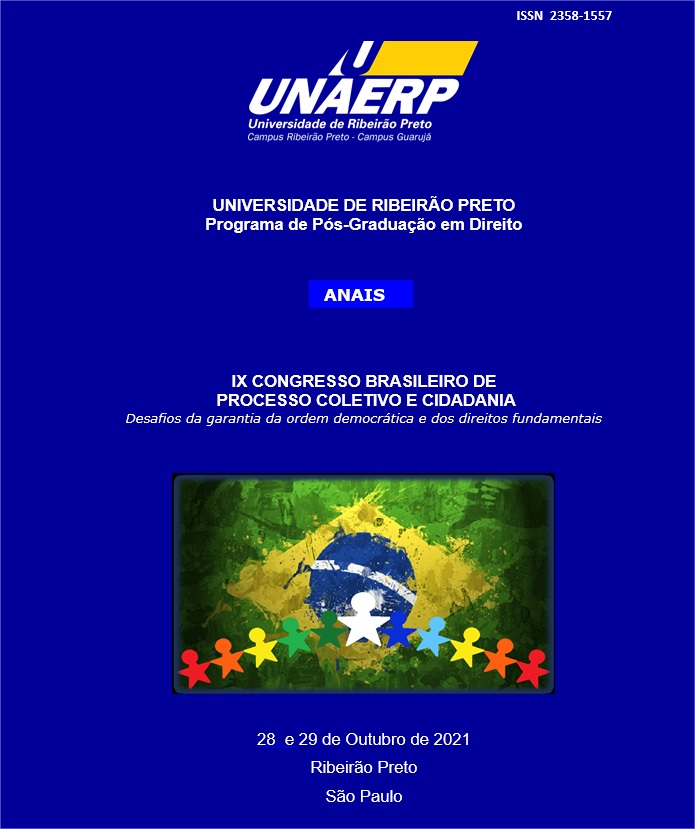A (IM)POSSIBILIDADE DE FLEXIBILIZAÇÃO DAS CONSTRUÇÕES ERIGIDAS EM NÚCLEOS URBANOS CONSOLIDADOS INSERIDOS EM ÁREAS DE PRESERVAÇÃO PERMANENTE APÓS O ADVENTO DO CÓDIGO FLORESTAL
Abstract
The article deals mainly on Environmental Law, addressing the issue of buildings erected in consolidated urban centers in areas of permanent preservation, especially of areas close to the water sources, with the objective of analyzing the possibility, or not, of a flexibilization of the existence of such constructions less than 30 meters away from natural water bodies. For, in 2012 came into force Law 12.651 (Forest Code), which established such footage, colliding with the provision of Law No. 6,766/1979 (Land Parceling Law) which determines the distance of 15 meters in these cases. Alluded legislative innovation ended up culminating in the judicialization of the imbroglio, corporized in Theme 1.010 of the Superior Court of Justice, which determined that what should viger is the prediction insculpida in the Forest Code. However, this Court did not point out how to proceed with the buildings that were guided by the old legislation, giving scope to the following question: Can urban buildings with footage less than 30 meters from the springs, built before the entry into force of the Forest Code, be regularized or need to be demolished? It is said that the Supreme Court acted with notorious lack of sensitivity when it ceases to modulate the effects of the decision; not by externalizing the insecurity of demolition to illegal works (after all it is not able to reward mismanagement or practices contrary to the law by owners), but by the prolongation of the discussion, which now, in recursal, will remain awaiting final decision, while the irregular residences will remain mistakenly erected.
Downloads
Published
How to Cite
Issue
Section
License
Copyright (c) 2022 Anais do Congresso Brasileiro de Processo Coletivo e Cidadania

This work is licensed under a Creative Commons Attribution-NonCommercial-NoDerivatives 4.0 International License.
